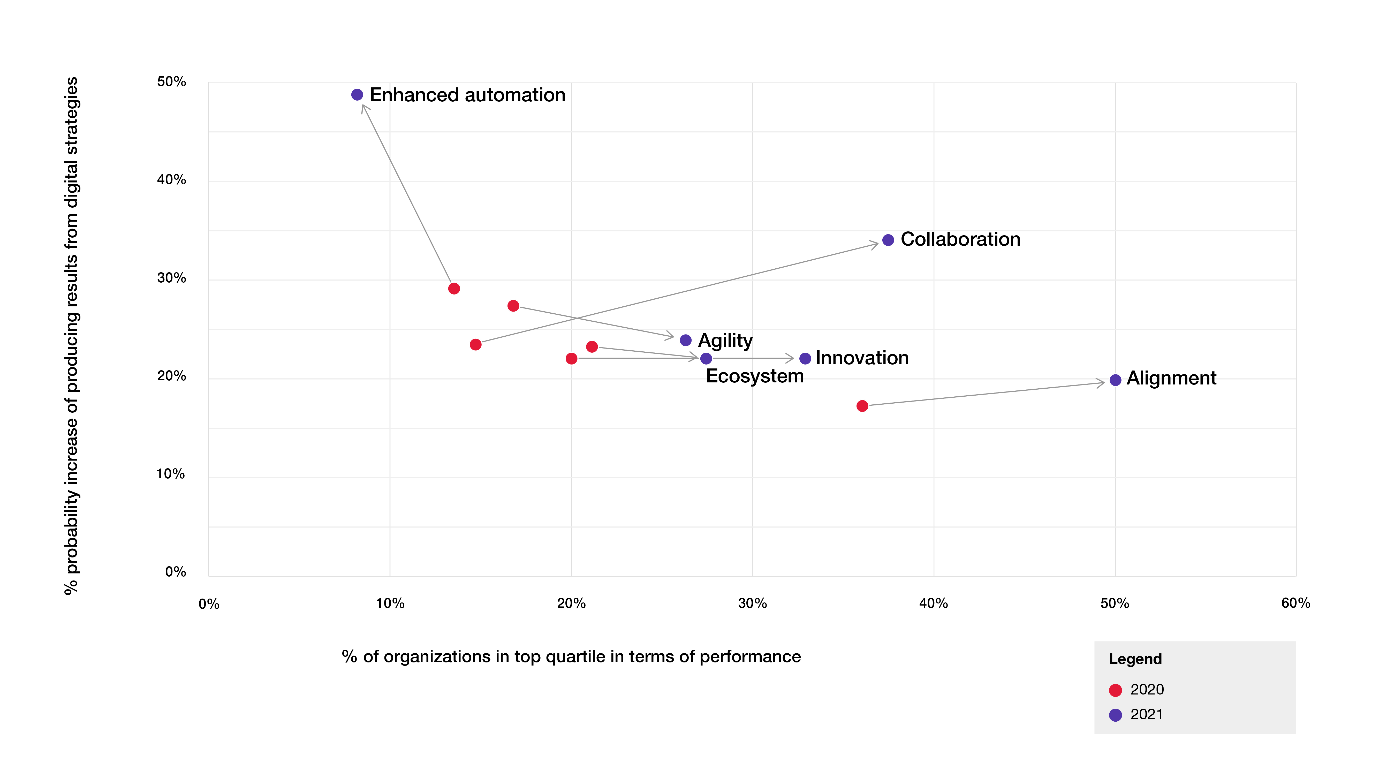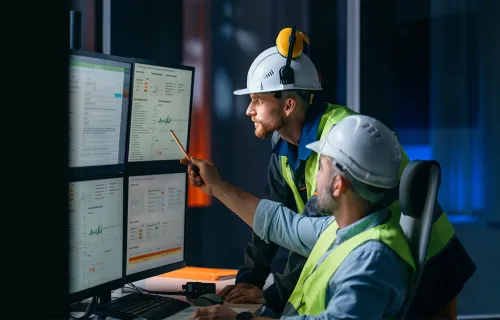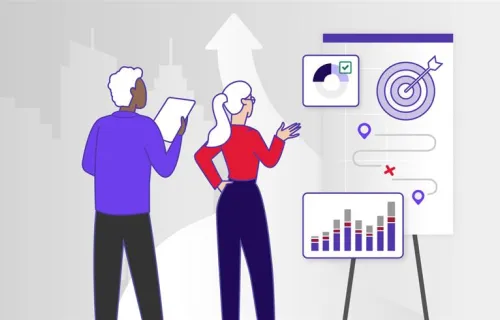A potentially overused quote, but one that seems very relevant in today’s context, is:
“In the midst of every crisis lies great opportunity.” — Albert Einstein
I am sure the curious among you are asking, “What just happened?” Wherever we look, people are discussing what the future may look and feel like. There is a lot of talk about a “new normal.”
From our interviews with executives in the 2021 CGI Voice of Our Clients, we see that digital leaders are more aligned, collaborative and innovative. They also are better at leveraging their ecosystem of partners and are more agile in implementing change. Figure 1 shows the movement of key business agility capabilities based on our analysis of 2021 interview data, compared with 2020.
Movement in key business agility attributes from 2020-2021 (Figure 1)

Source: 2021 CGI Voice of Our Clients, n=1,695
Given the COVID-19 pandemic, this is to be expected. Organizations had to move quickly, focusing on core business activities, collaborating online and innovating to solve problems they’d never experienced before. Organizations achieved record implementation times as they rushed to deploy new solutions to keep their businesses alive.
One positive note emerging from these unprecedented efforts is that organizations have now experienced business agility. They have had a taste of super-fast change. As the saying goes, “You can’t truly understand something until it happens to you.”
Beyond this acceleration, we’ve also seen advances in leadership, governance and organizational change—putting trust in people.
At the same time, we are witnessing organizational fatigue. People are tired from working extremely hard to accelerate change, and doing so without the supporting structures normally seen in managed transformation activities.
Resilience takes energy, security and development
Having experienced the benefits of business agility, and, in some cases, the survival of rapid change, leading organizations are now focusing on sustaining progress and becoming more resilient. They seek to put in place three things:
Energyto fuel and maintain the
change |
Securityto support a safe space for
ongoing transformation |
Developmentof capabilities to survive
and thrive |
These capabilities become extremely important as organizations not only look to rebound, but also to continue to respond to significant global drivers of change, such as:
- Transforming for net zero
- Delivering on environmental, social and corporate governance (ESG) goals
- Preparing for a new risk landscape
- Redesigning value chains
- Shaping the future of work
- Harnessing frontier technologies
- Building future-ready business models
- Unlocking shared value for data
Building ecosystems to accelerate change
Moving forward, technology and data play an important role as commercial and government organizations continue to evolve their business and operating models. On average, executives we met with through the CGI Voice of Our Clients say their organizations have modernized 37% of their applications, with 72% of this implemented on a cloud foundation. They forecast that 72% of their applications will be modernized within the next 2-3 years.
This modernization will enable a hyper speed of change and faster time to value. The growing ecosystem of SaaS solutions in the market will further accelerate the process.
Digital leaders are recognizing the increasingly strategic role of partners and ecosystems, whether to help design new business or operating models, augment teams with flexible resources, or bring prebuilt accelerators and best practice. Such partners bring speed and expertise that is virtually impossible to replicate in-house.
Our analysis indicates that digital leaders are building out their strategic partner ecosystem more strongly at a rate nearly 3 times higher than that of lower-performing peers.
We started to identify a shift in operating model design among digital leaders starting in 2015. These leaders have been creating more focused and autonomous business units (cells), making structural moves to enable rapid change and shifting decision-making closer to the customer or citizen.
With this move toward decentralized change and innovation, a focus on talent, knowledge and collaboration quickly rises to be a top board priority. Building an ecosystem of strategic partners is an effective way to tackle the challenge of knowing how to innovate and create value.
Moving from predicting and planning to sensing and responding
Creating value (and growth) is the main challenge. The reality today is that although many executives (87%) say they have a strategy in place to become more digital, only 20% say they are producing the expected results. (Learn more by visiting the attributes of digital leaders.)
Our research into digital leaders also identifies the main pivot organizations are taking to address this gap, which is moving from predicting and planning to sensing and responding. This requires the ability to connect strategy, operating model and execution and create greater transparency and alignment. Providing the ability to act with insight at any time in the journey is depicted in Figure 2, Strategic Alignment.
Strategic Alignment: Key elements for sensing and responding (Figure 2)

Bringing it all together
In this dynamic and often unpredictable world, digital leaders recognize the need to sense and respond to change quickly, and to design their business and operating models to be agile.
As the complexity of their environment increases, these leaders also recognize the need to connect the dots and be able to act with insight at any point in their journey. Transitioning to this way of working requires energy to fuel their transformation, a secure and safe environment for employees to innovate, and the development of their capabilities to thrive in this emerging world. They also recognize they cannot do this alone. An ecosystem of strategic partners will be critical to moving at pace and scale.
I’d be interested in hearing your thoughts on becoming more resilient. Please reach out to continue the conversation.





